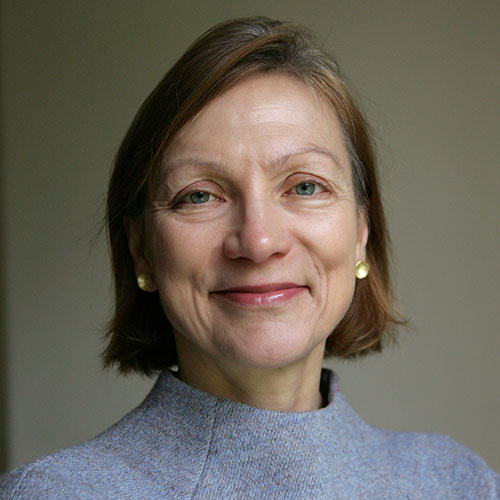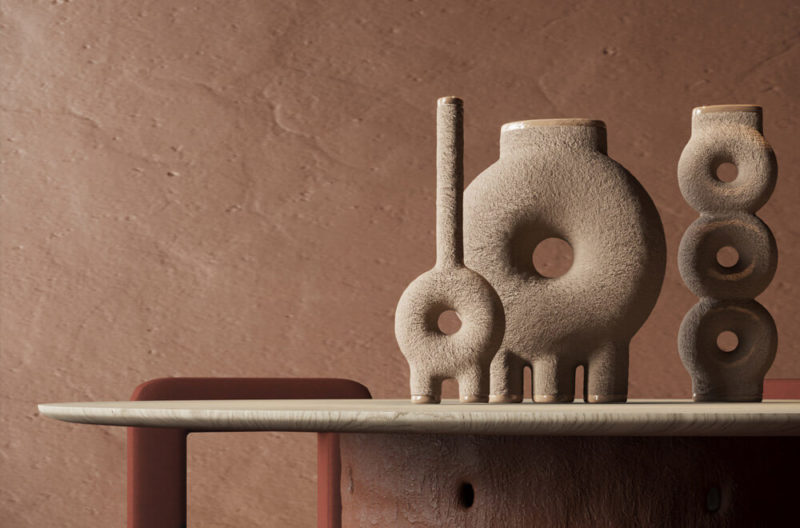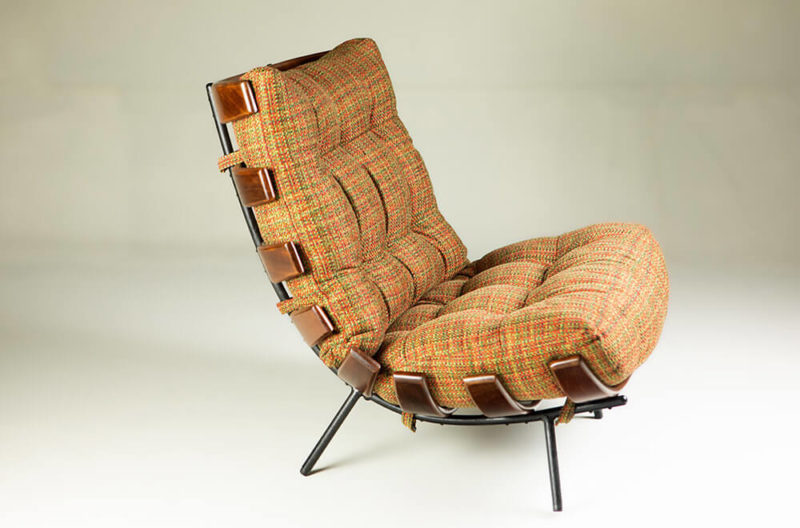TEFAF 2020 ROUNDUP
Without the usual flow of international visitors, the fair started on an anxious note, but galleries reported some strong and surprising sales before lockdown.
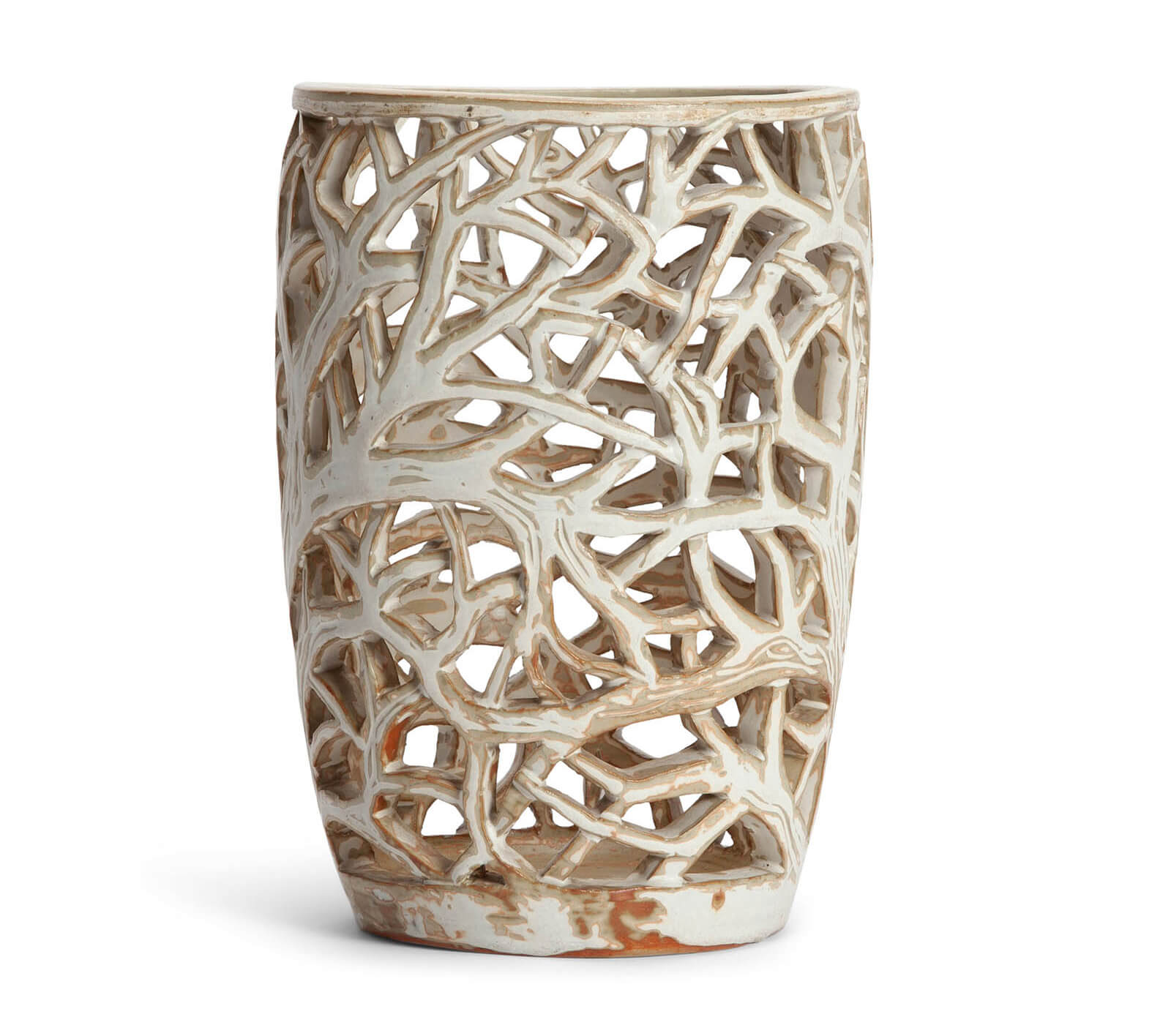
Axel Salto, ‘Perforated vase’, 1939
COURTESY: Dansk Møbelkunst Gallery
NEARLY A MONTH on from the hurried closure of The European Fine Art Fair in Maastricht, on March 11th, how did galleries in the newly enlarged Design section do this year?
None, at least, had pulled out – the three galleries who had cited COVID-19 as their reason for withdrawing were in other sections. And the displays were of an ambitiously high quality. Long-time New York based exhibitors Demisch Danant put on a scholarly show ‘The Modernists,’ tracing the thread of modernism in French design from pioneers of the 1920s and the U.A.M. (French Union of Modern Artists) period, like Francis Jourdain, to the next generation active in the 40s, including Maxime Old, to the post war designers like Antoine Philippon and Jacqueline Lecoq and René-Jean Caillette.
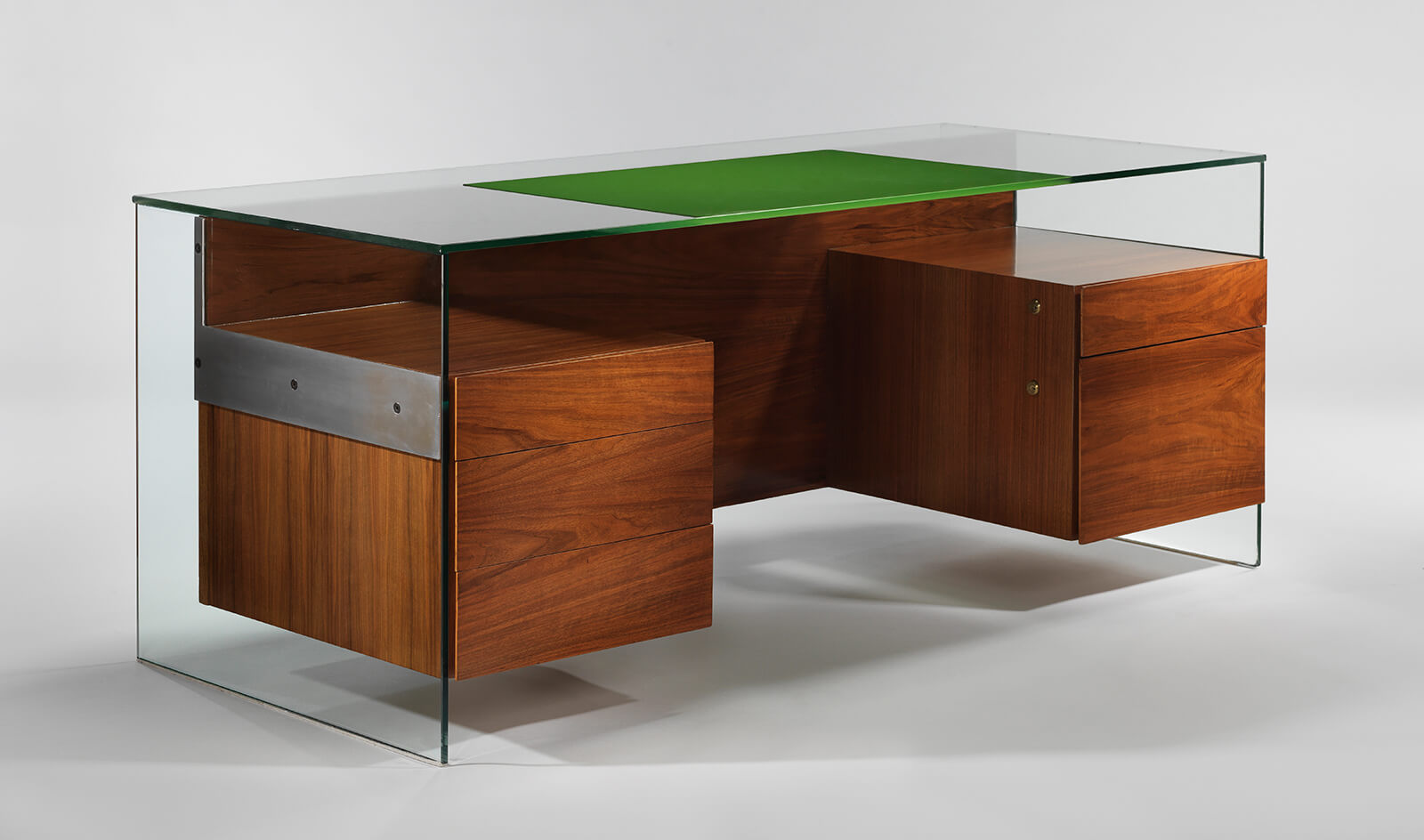
Antoine Philippon and Jacqueline Lecoq, ‘Desk’, 1967
COURTESY: Demisch Danant / PHOTOGRAPH: Thierry Depagne
Friedman Benda, from New York, exhibiting for the first time, brought seminal pieces from three individual projects by Italian post-war designers, Gaetano Pesce and Ettore Sottsass, and the Japanese master, Shiro Kuramata. Paris-based François Laffanour, an old TEFAF hand, introduced amongst significant works by Charlotte Perriand and Corbusier, some recently rediscovered pieces of furniture by the French architect Pierre Parat created for his own home in the late 1960s. Meanwhile contemporary specialists Galerie kreo, Carpenters Workshop Gallery and Galerie Maria Wettergren brought spectacular pieces by their leading artists – including Virgil Abloh, Ingrid Donat and Hanne Friis.
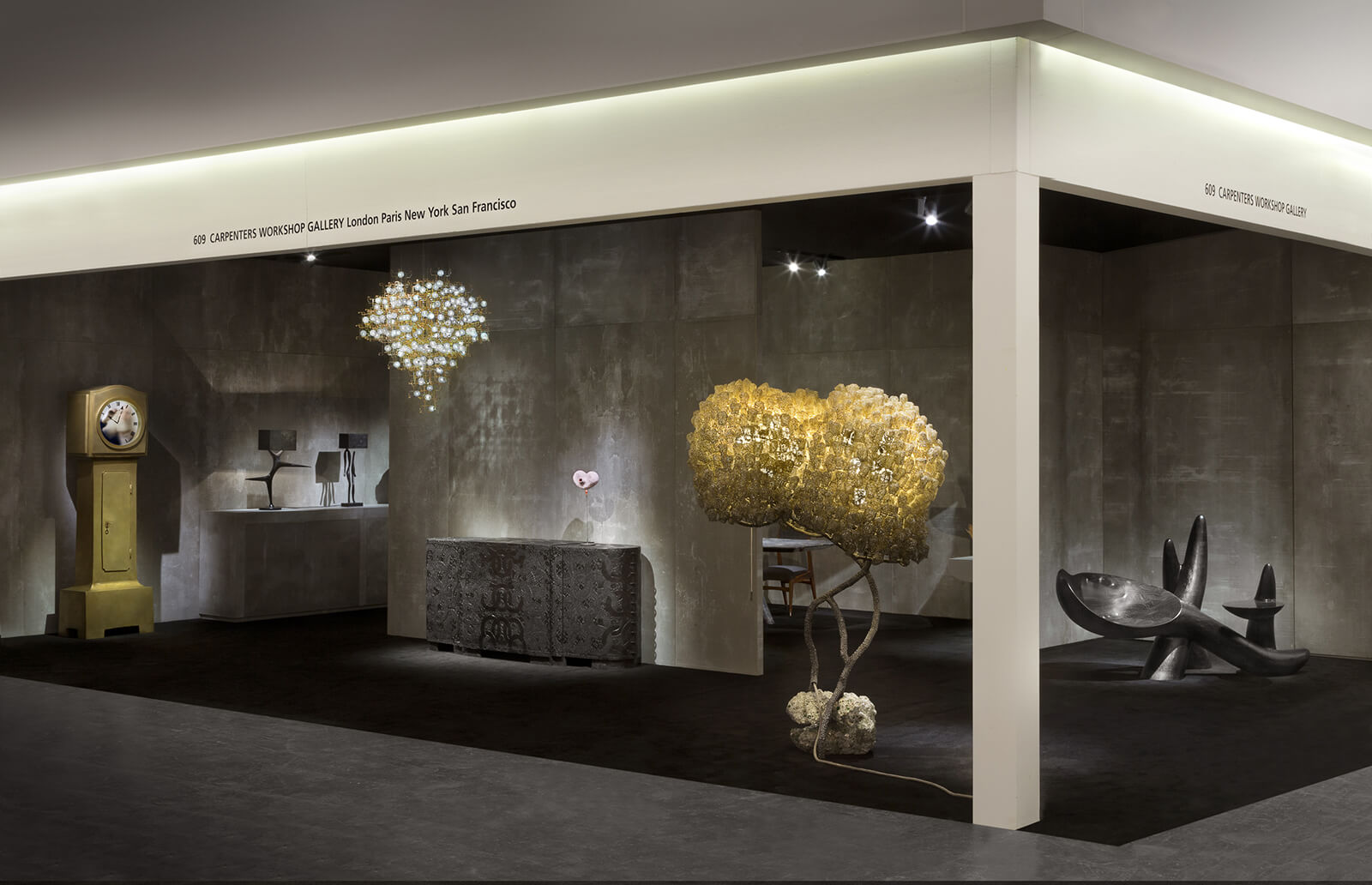
Installation view Carpenters Workshop Gallery
COURTESY: Carpenters Workshop Gallery
At first dealers were understandably anxious about the apparently smaller numbers of visitors – although official reports cited 10,000 international visitors over Early Access Day (5th March) and Preview Day (6th March), with attendance continuing well over the weekend. For comparison, last year’s TEFAF Maastricht recorded total visitors of around 70,000 over eleven days. Modernity Gallery reported that although the first day had seemed quiet, when they consulted their dairies from 2019, the number of enquiries had been similar. Jennifer Olshin from Friedman Benda gallery, meanwhile, commented that although all galleries had feared the absence of American collectors and museum groups, in fact she was doing brisk business on the phone to those unable to travel.
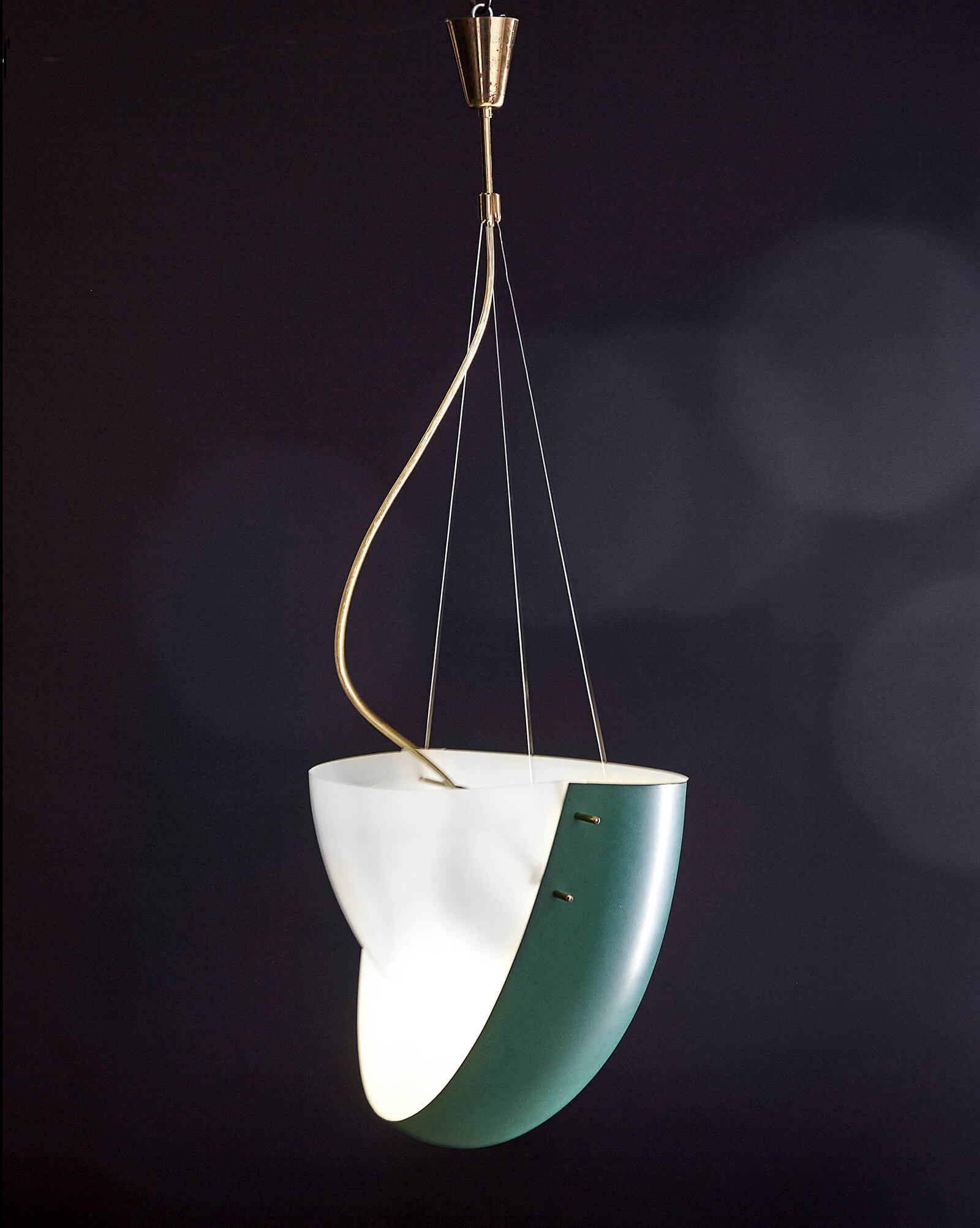
Ettore Sottsass, ‘Hanging Lamp’, 1956
COURTESY: Friedman Benda
On day one Maria Wettergren reported significant sales including ‘Rondo’ (2005 – 2008), crafted from wood, iron wire and paper pulp, by Gjertrud Hals (b.1948); and ‘Light Object’ (2018), cypress and LED, by Ane Lykke. By the second day, trepidation had given way to cautious relief. Aline Chastel of Galerie Chastel-Maréchal, which specialises in post-war French design, commented “I am very happy with the design of my space and mix of pieces on my booth. We have sold a few pieces and we have met a new contact, funnily enough from Paris. For our first day it is a very positive outcome.” By the end of the fair she had sold pieces by Jean Royère, Line Vautrin, Georges Jouve and André Borderie as well as ceramics by Pierre Szekely & Véra Szekely. Prices ranged from €50,000 to €300,000.
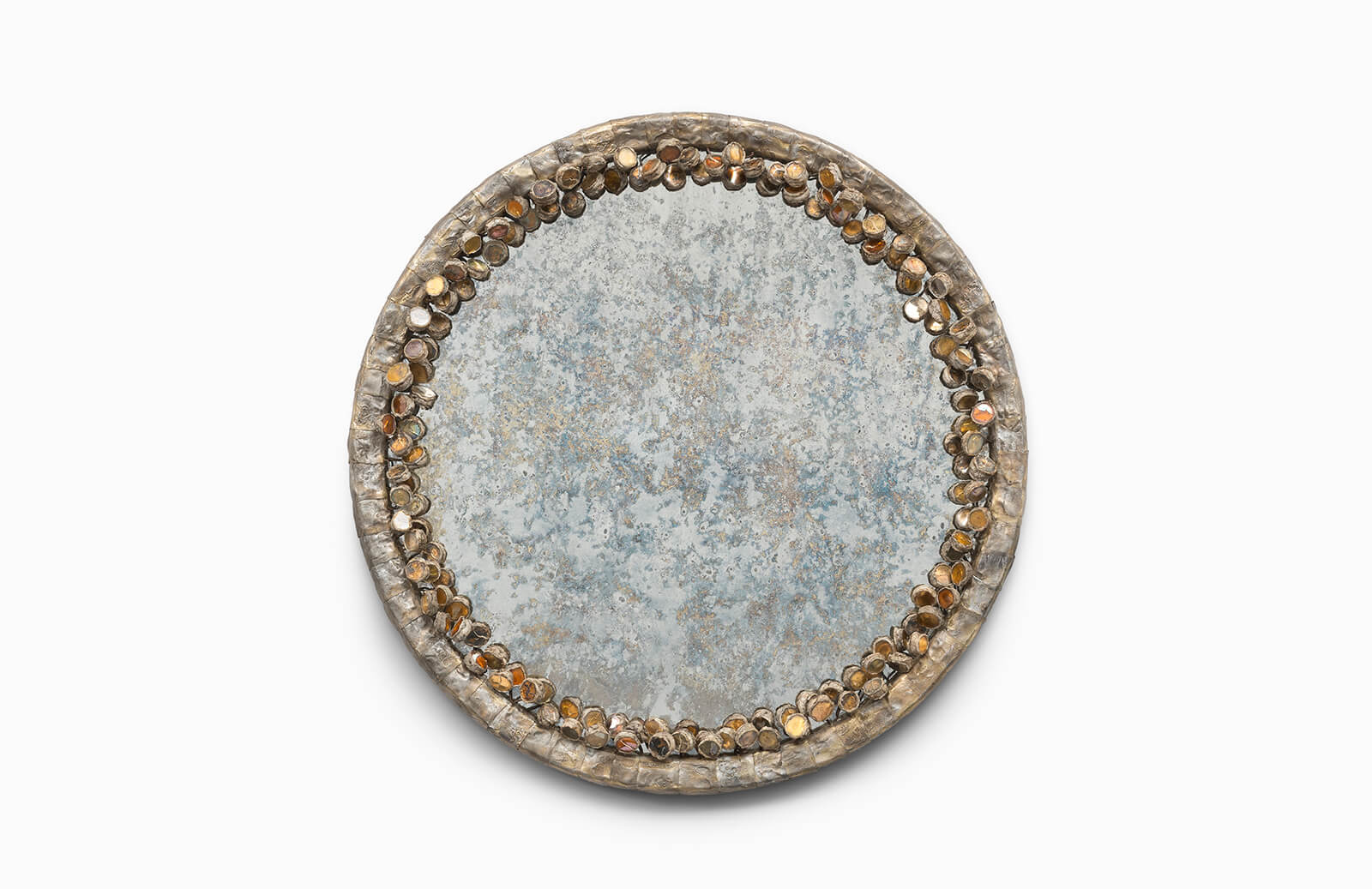
Line Vautrin, ‘Cailloux Oxydés’ mirror, circa 1960
COURTESY: Galerie Chastel-Maréchal / PHOTOGRAPH: © Agence Phar – V. Luc & J. Beylard
Stephane Danant similarly reported: “The opening was pretty well attended. I sold the ‘Martine Vanity’ desk by René-Jean Caillette and the walnut, glass and aluminium Desk by Philippon and Lecoq.” He explains that they had not known what to expect this year, but that generally TEFAF Maastricht is where they meet European as opposed to American clients: “Every year we find new clients. It is a series of miracles. There is one person for each piece – the good person, for the good piece, to be found in the good place.”
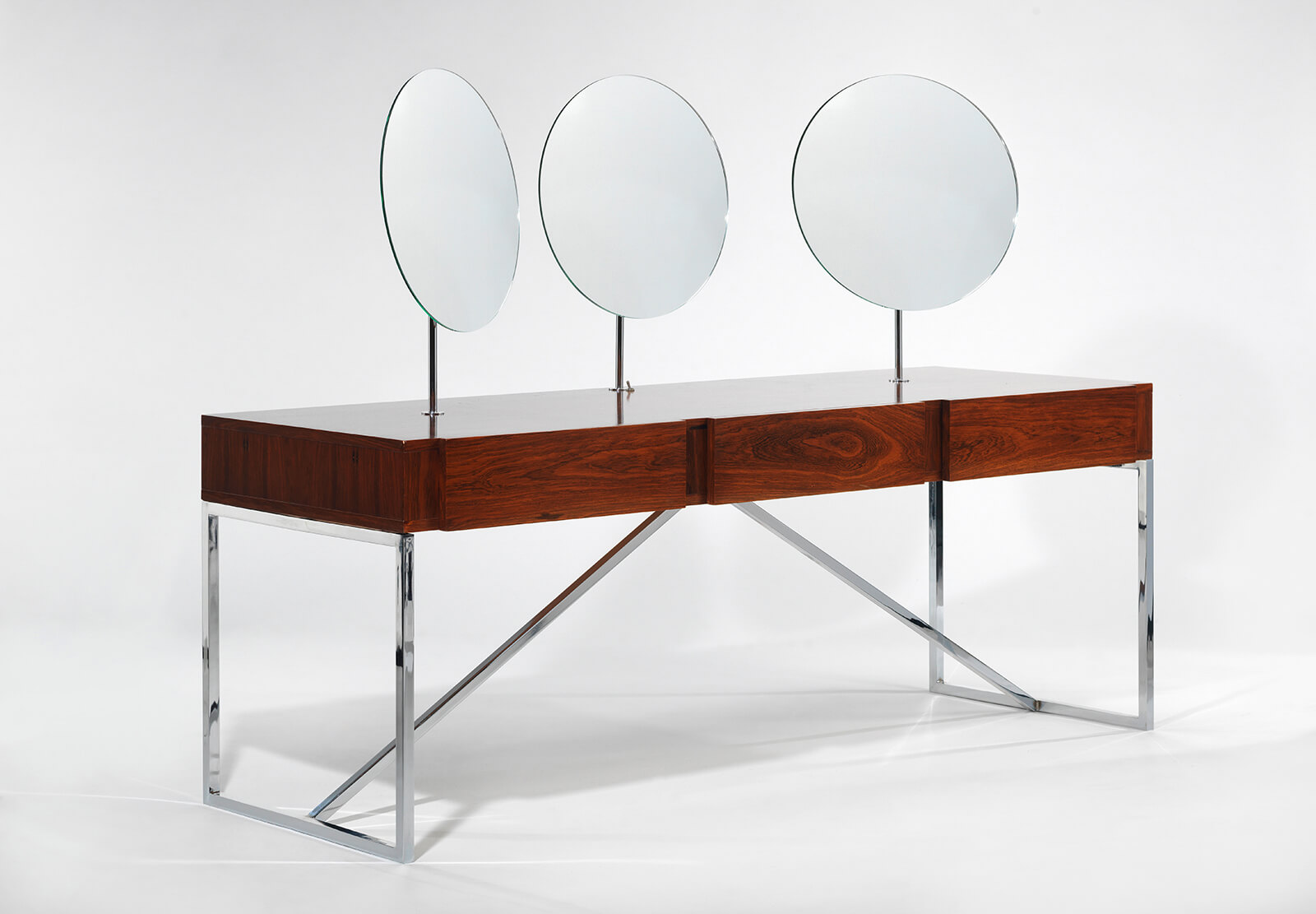
René-Jean Caillette, ‘Martine Vanity’, 1962
COURTESY: Demisch Danant / PHOTOGRAPH: Thierry Depagne
Dansk Møbelkunst from Copenhagen also reported excellent sales including the early, sculptural ‘Poet’ sofa designed in 1941 by Finn Juhl, asking price €32,000, and a sleek rare bench by Vilhelm Lauritzen, designed for Gladsaxe City Hall, Denmark (1936-1937), asking price €20,000.
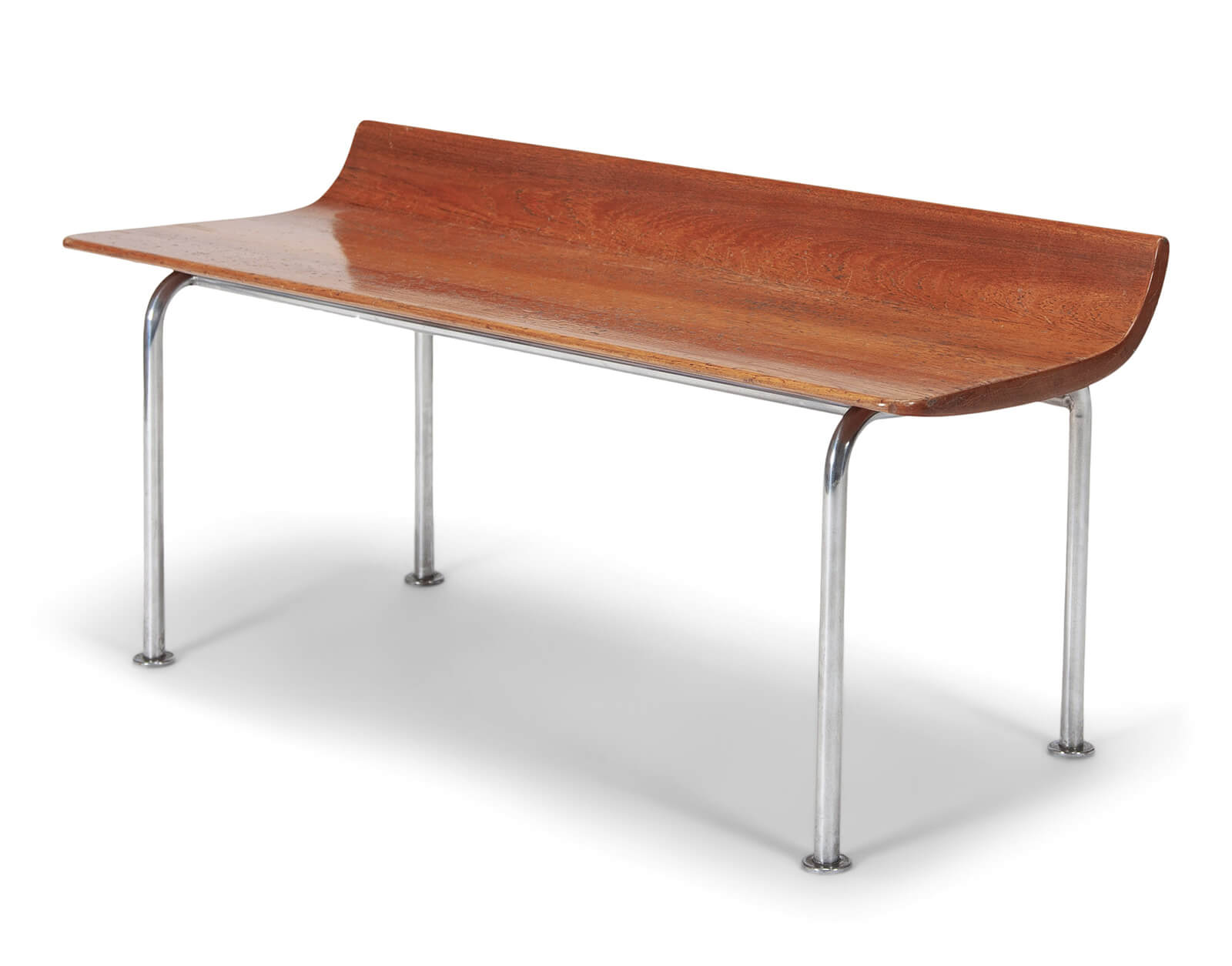
Vilhelm Lauritzen, bench designed for Gladsaxe City Hall, Denmark, 1936-37
COURTESY: Dansk Møbelkunst Gallery
Modernity, also Scandinavian specialists, when spoken to on day two, had sold mostly smaller pieces, including bold cubist ceramics by Swedish ceramicist Wilhelm Kåge and some of the exquisite contemporary vessels of Sandra Dalvolio. Isaac Pineus, co-founder, explained, “It takes a while with the furniture, people like to measure up before they commit.” Since then, co-founder Andrew Duncanson has reported: “Up until the last day it looked like it would be a poor fair, not a disaster but poor.” On the day the fair closed, however, someone “bought one expensive piece of furniture.” And then “on the evening the fair closed we received a mail from someone who had asked about some of our main pieces of furniture at the beginning of the fair. They wanted to know if they were still available and we agreed on a price and they bought them. In the end, strangely enough, it turned out to be one of our best TEFAF fairs ever.”
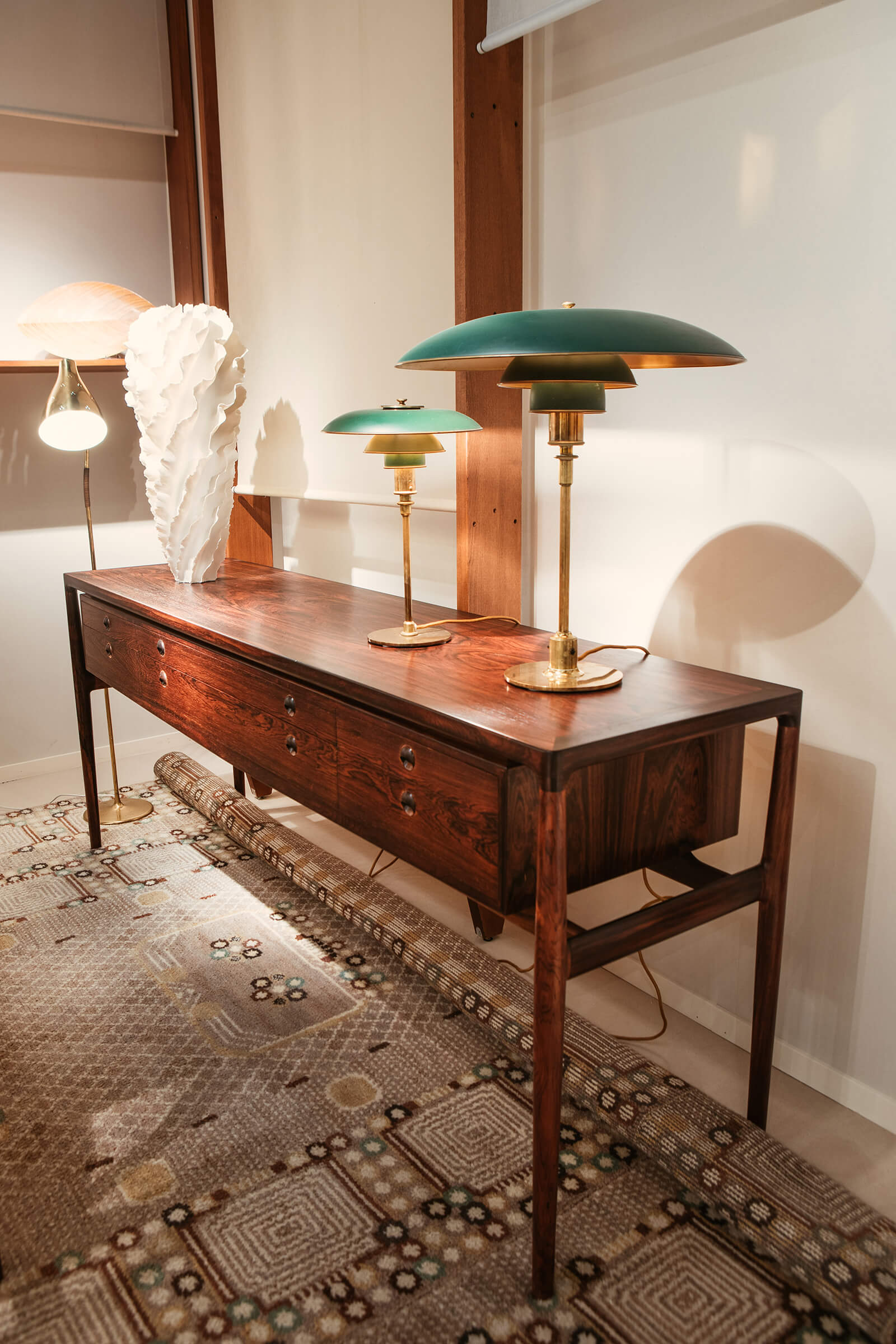
Helge Vestergaard Jensen, ‘Sideboard’, 1957 with Sandra Davolio vase, 2018
COURTESY: Modernity
Since the closure, the world wide pandemic has conspired to overrun all other considerations. But it is to be hoped that despite the abrupt end to the fair, TEFAF and the design galleries themselves will have the confidence to experiment again with this enlarged platform next year.
